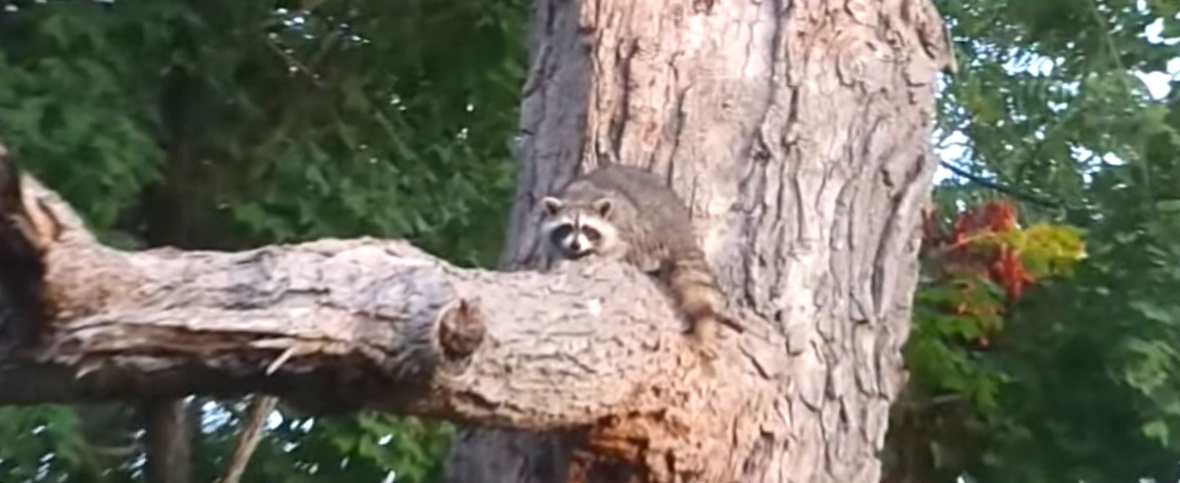- info@KansasCityanimalattic.com
Call 24/7 for a free quote:
913-828-0089
Ways to Identify Raccoon Tracks
Since the raccoons will be active at night, it may be difficult to identify an existing infestation until the damages has been done. Perhaps one of the most ideal way to recognize their presence is to observe the tracks that the raccoons will leave behind. The raccoons are nimble creatures. When they move, they will leave marks with 5 toes and fingers that will resemble the hand print of the humans. In fact, some people will mistake their tracks to the kid’s handprint.

The Tracks of the Kansas City Raccoons
There are different reasons why it is relatively easy to identify the tracks of the raccoons. As we mentioned above, they have a track that is like humans. There should also be an obvious claw mark. The tracks of their front paw will have long toes. The toes will be more apart from each other. Their rear track will be shorter than the front track. However, their rear print will have larger pad and heal impression. This is like comparing the human’s feet to their hand. Tracks of the Kansas raccoons will be asymmetrical. Their innermost toe will appear small and will be positioned at the rear part of their foot. This will have a striking resemblance to our thumb.
Raccoons also have a gait pattern that is distinguishable from the rest of the wild creatures. This makes it easy for you to spot them. The tracks will be normally paired with the left rear foot close to their right forefoot when they are walking or running. The front paw print of the racoon will measure at about 1 ¾- 3 1/8in with regards to its length while the width will measure at approximately 1 ½- 3 ¼ inches. On the other hand, their rear print will be 2 1/8-3 7/8 inches in length and 1 ½ -2 5/8 inches in width.
Droppings
Apart from the racoon’s paw print, you can also determine their presence with the presence of their scat. They are omnivorous creatures and they will eat a wide range of food. Since their natural diet is so diverse, the droppings will also be different. The location of the droppings will help you in identifying the source of infestation. For instance, you may find it at the base of a tree, or on logs that are close to a water source. The racoon feces may range from light to dark and it will not be uncommon to see berries, shells, and seeds. When analyzing the droppings of the raccoon, you need to wear protective gears and be careful since disease can be transmitted from interacting with their scat.
It will be common to see a track of the raccoon on soft soils and muds. In case the Kansas City raccoons are the cause of your stress and headaches, there is a chance that your soil will not be soft enough for them to leave their tracks. In order to identify the unwanted visitor, you may scatter a flour along their path that will enable you to see their tracks.
Visit our Kansas City wildlife trapping home page to learn more about us.

